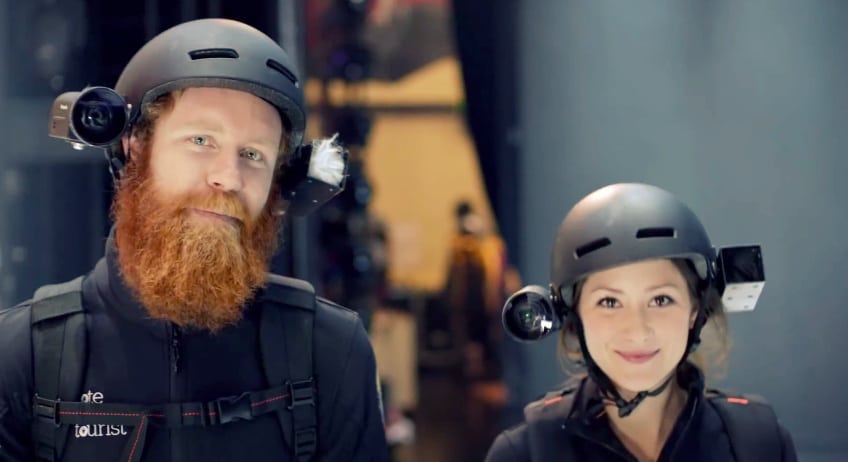Melbourne's 'Remote Control Tourist' Shows Potential of Wearables in Tourism

Skift Take
Even if Google Glass does not take off in its current form, wearables are here to stay. This campaign, though unwieldy from a usability perspective, will help show the potential of this technology and its application in travel and the marketing of it.
[gallery ids="111031,111020,111028,111033,111032,111035"]
Tourism Victoria has launched a AU$3.6 million digital campaign for Melbourne that will be widely copied, likely mocked, and morphed in various ways as Google Glass and other wearables become a more mainstream reality.
Whatever happens, it will certainly become more than a footnote in showing the potential of using digital wearables in travel marketing.
The campaign, called Melbourne Remote Control Tourist,

